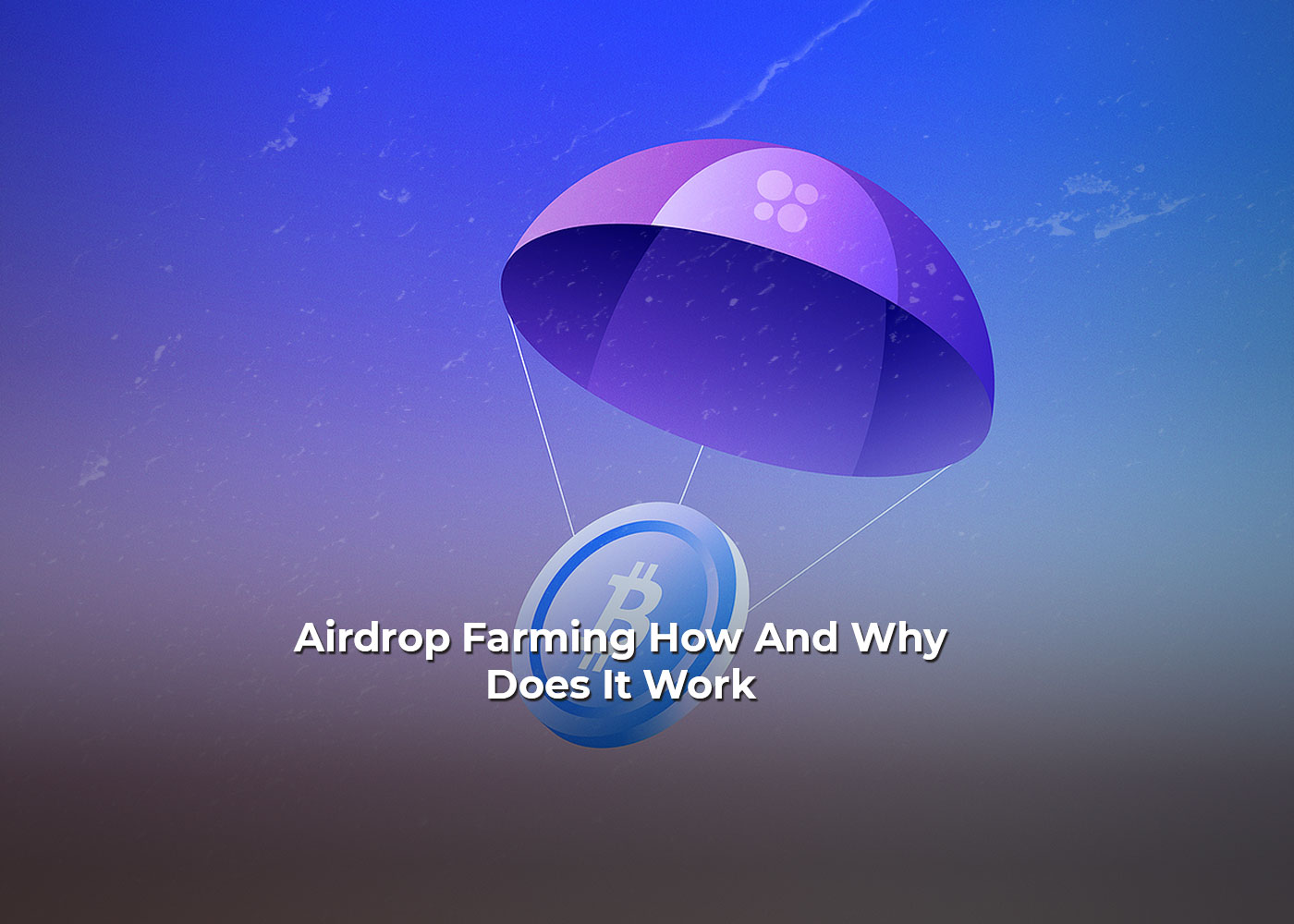Airdrops Farming: How And Why Does It Work?
Airdrops are a type of passive revenue scheme that is effectively a free token offering to users. When cryptocurrencies like Bitcoin go through downturn markets like the one we're now experiencing, the prospect of earning passive income from one's holdings becomes even more appealing to long-term investors.

Airdrops are a type of passive revenue scheme that is effectively a free token offering to users. When cryptocurrencies like Bitcoin go through downturn markets like the one we’re now experiencing, the prospect of earning passive income from one’s holdings becomes even more appealing to long-term investors.
Staking, lending, cloud mining, and yield farming are some of the ways that have gained popularity in recent years, and they entail compensating investors with money or tokens in exchange for the crypto put in the mechanism. Users that are engaged in the crypto ecosystem, on the other hand, can forage for tokens or projects that provide tokens in proportion to their vested holdings as a reward for a number of reasons via hard forks or airdrops. Therefore, airdrop farming is a viable option for many investors.

What are Airdrops?
Crypto airdrops are regarded as “divine provisions” for crypto enthusiasts eager to try out new projects because they need no technical expertise and have fewer risks. A crypto airdrop is a free delivery of a cryptocurrency to existing token holders, sometimes known colloquially as token giveaways.
An airdrop is typically connected with the debut of a new project or cryptocurrency, with the goal of increasing user adoption in a market crowded with thousands of cryptocurrencies. Users have little influence over when an airdrop occurs, and it is often conducted by devs or cryptocurrency investors to award existing token holders with extra tokens or coins for free.
There are Two Kinds of Airdrops
There are two sorts of cryptocurrency airdrops: retroactive airdrops and takeover airdrops, with the main distinctions being the stage at which they are offered and their specialized purpose.
A retroactive airdrop is often publicized when an existing blockchain protocol intends to launch its native crypto coin and reward early users or contributors to the project prior to a specific date. It is a popular strategy for raising awareness of a soon-to-be-launched token. Simultaneously, the airdrops act as a liquidity generation mechanism and promote audience involvement by rewarding tokens in return for retweets, feedback, or even boosting social media followers.
Takeover airdrops, on the other hand, are used when decentralized finance (DeFi) protocols wish to lure customers away from competitors or boost their chances of keeping them by giving more rewards. Takeover airdrops, while a more aggressive type of airdrop, are aimed at liquidity providers and users who have demonstrated increased interest in activities like staking in order to lure them away from a rival DeFi protocol.




